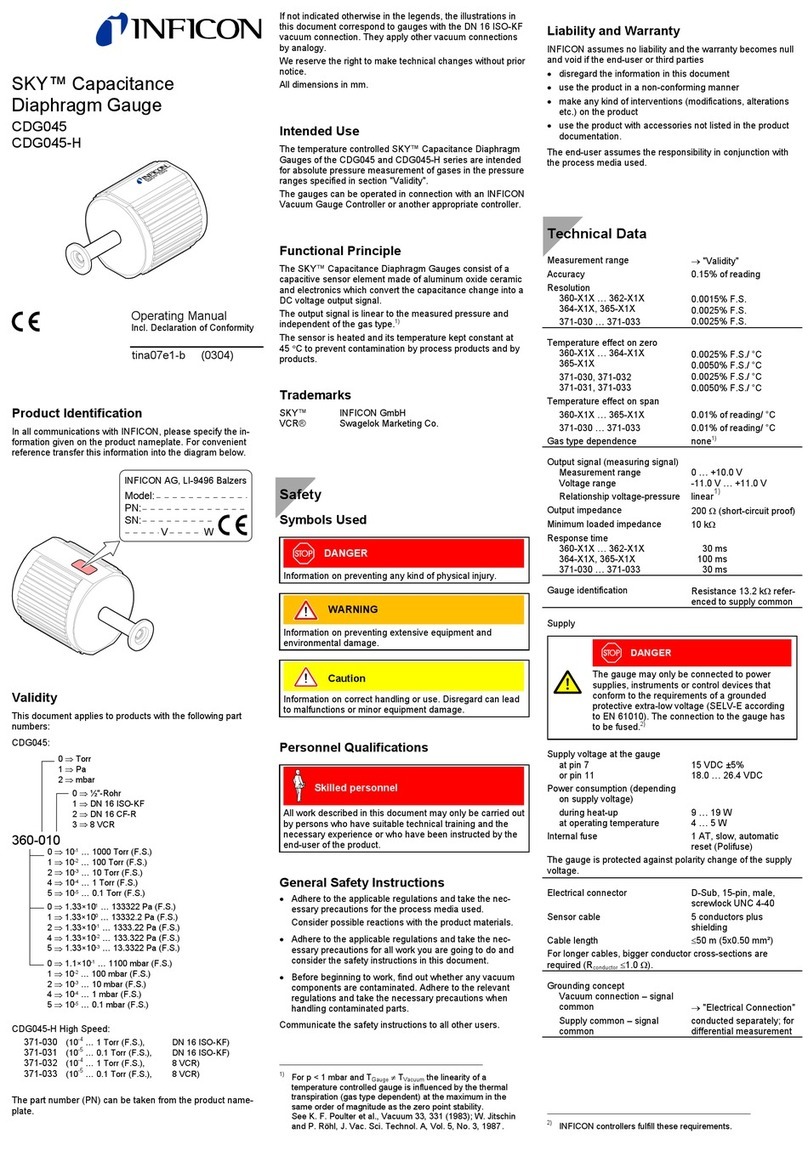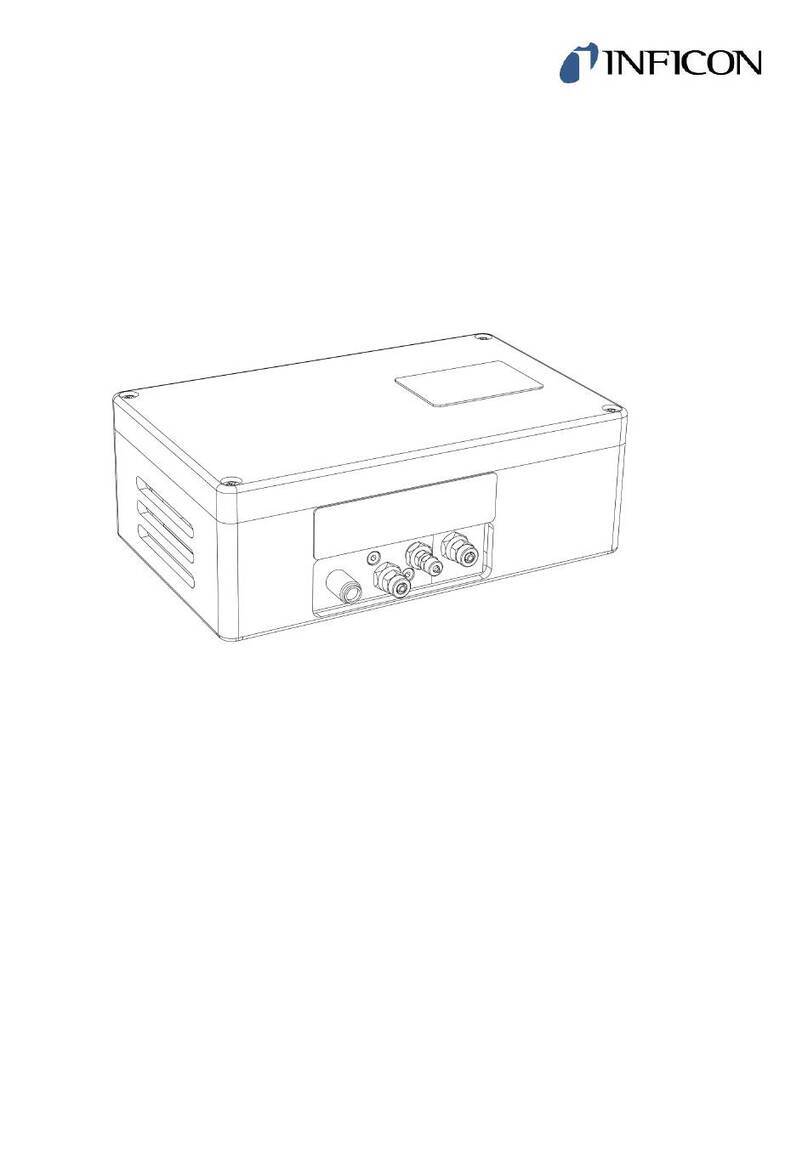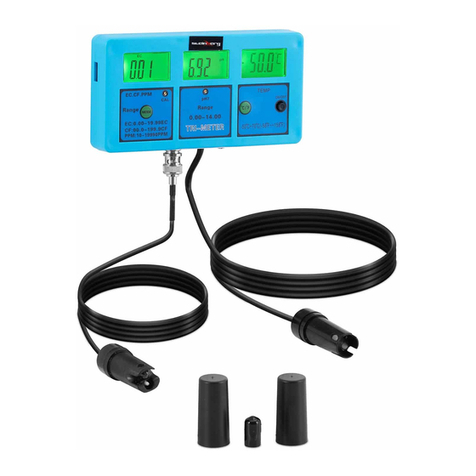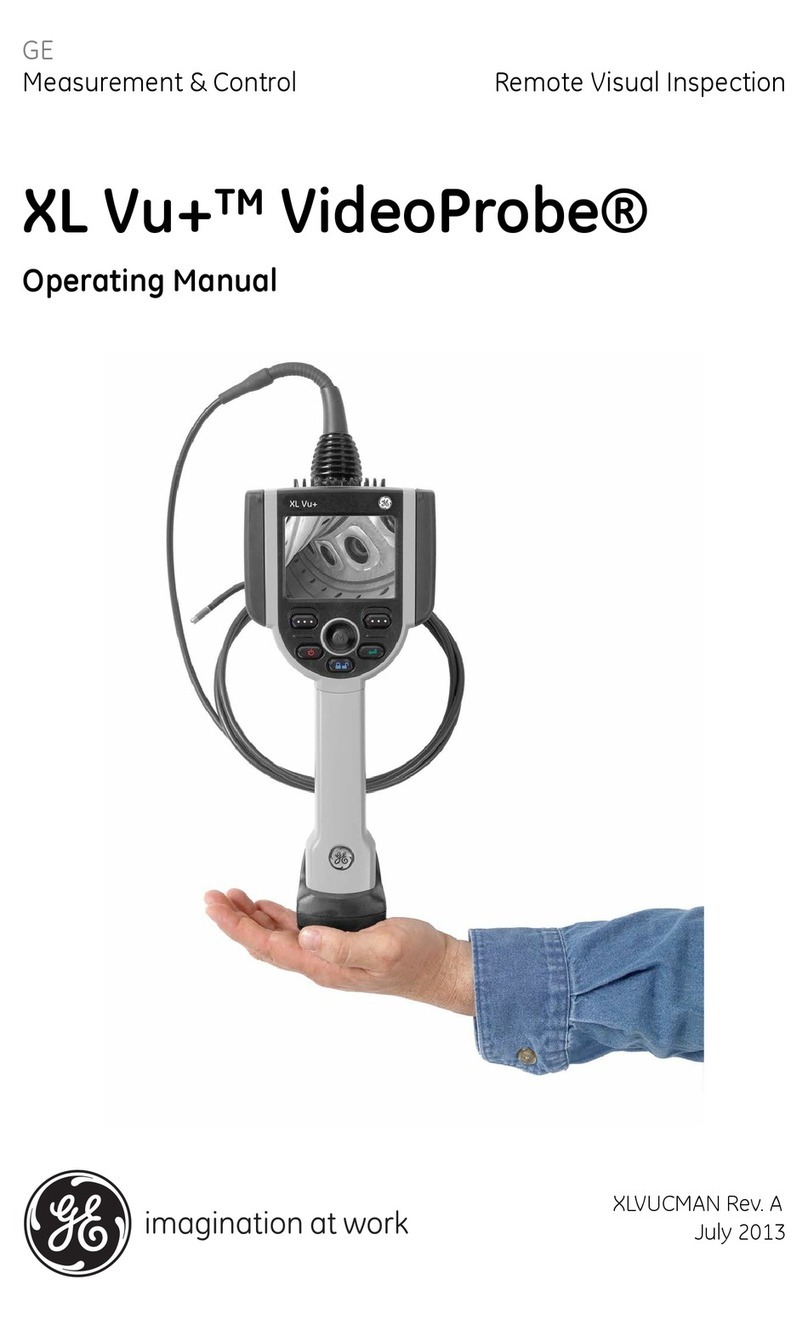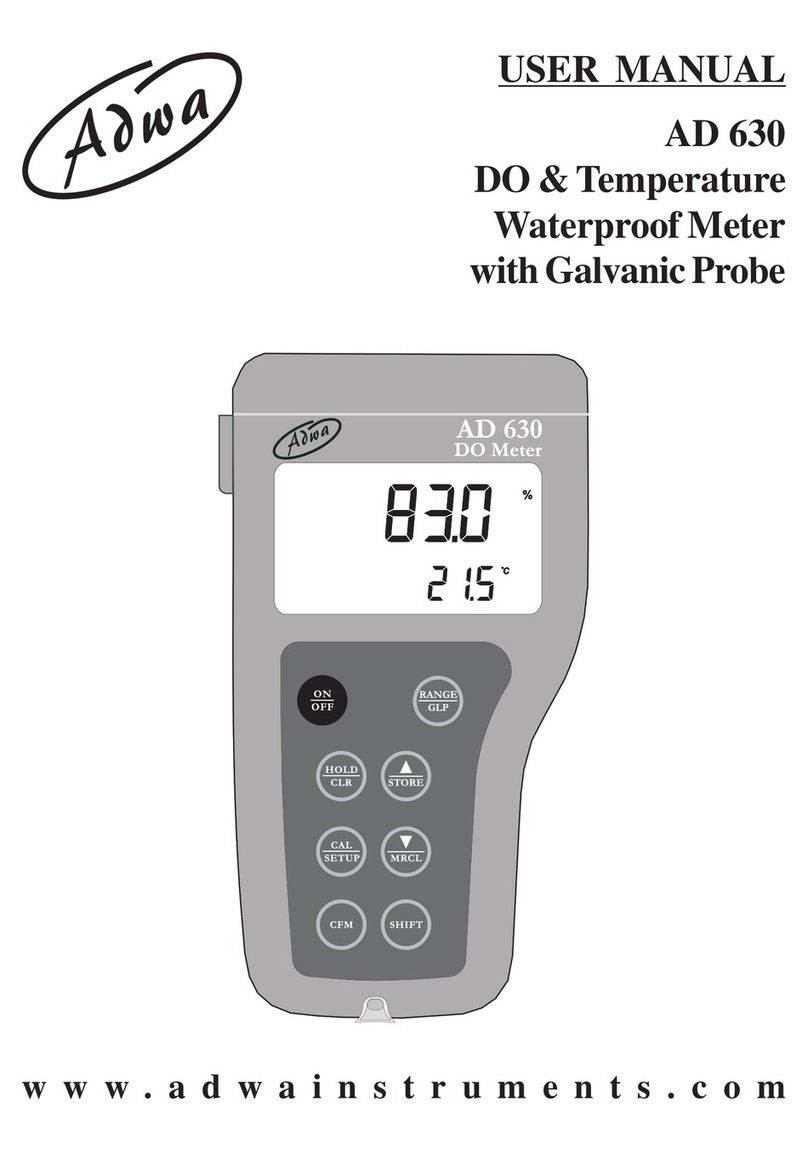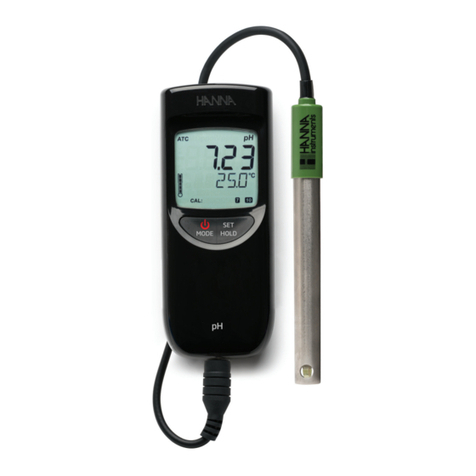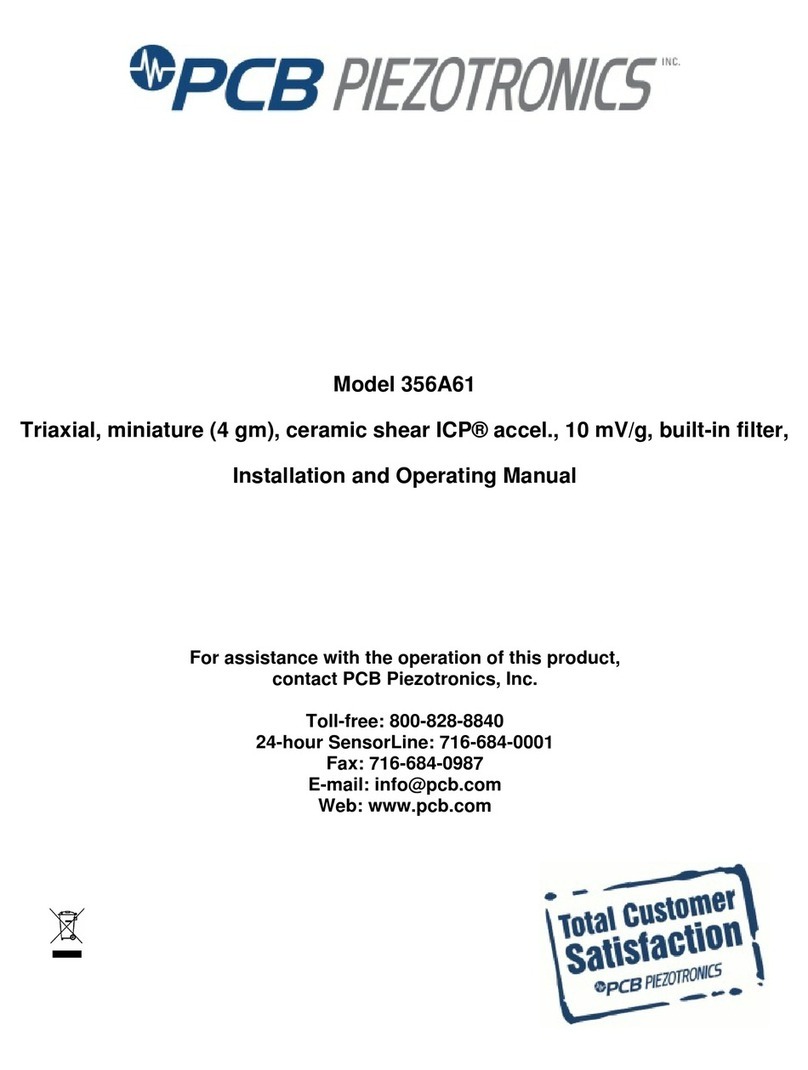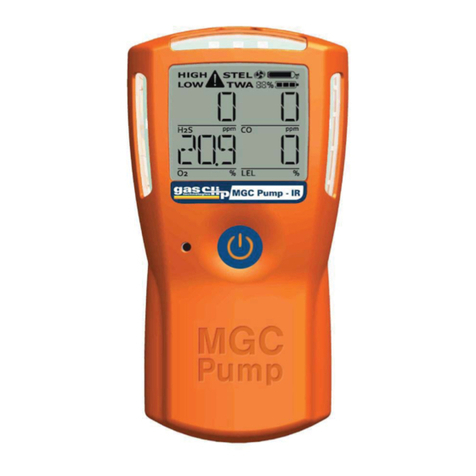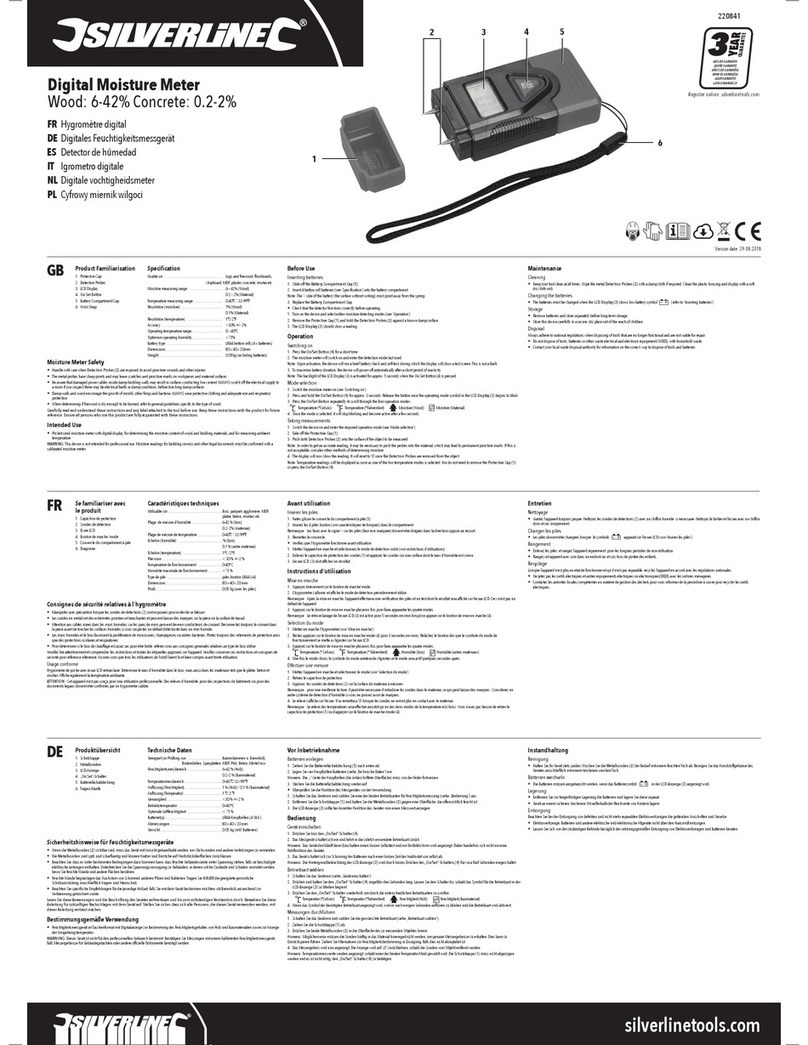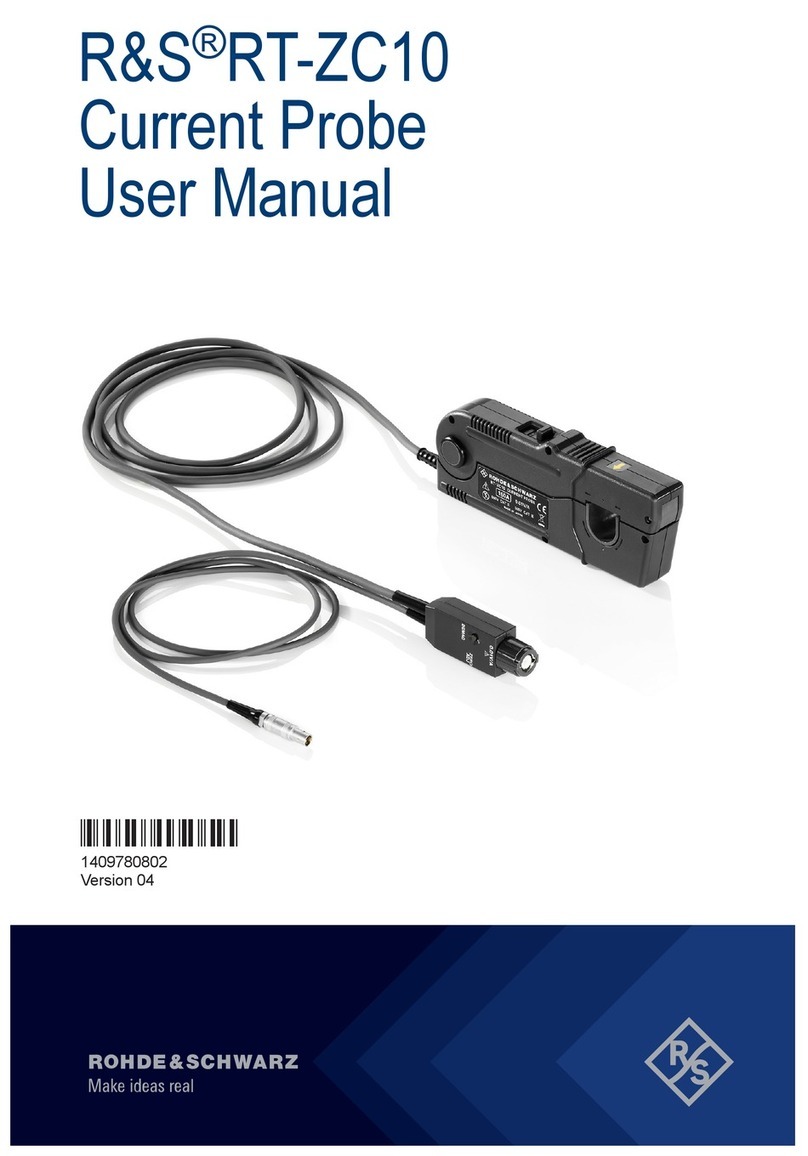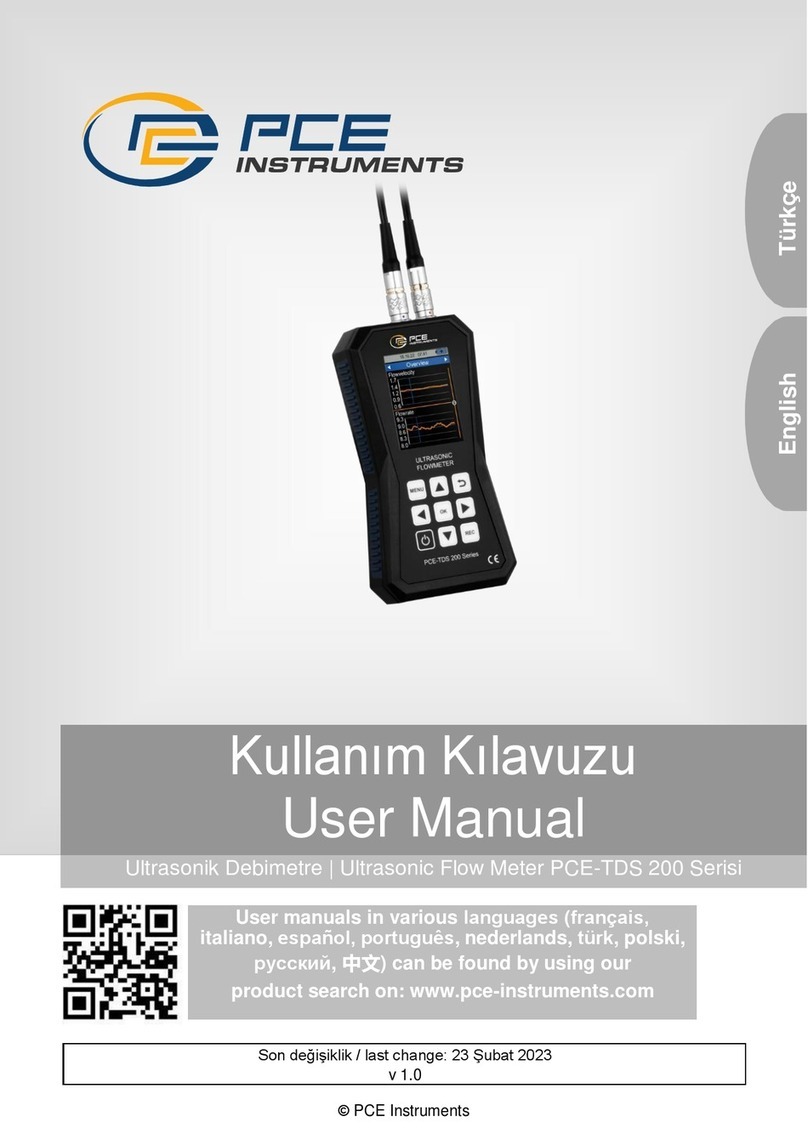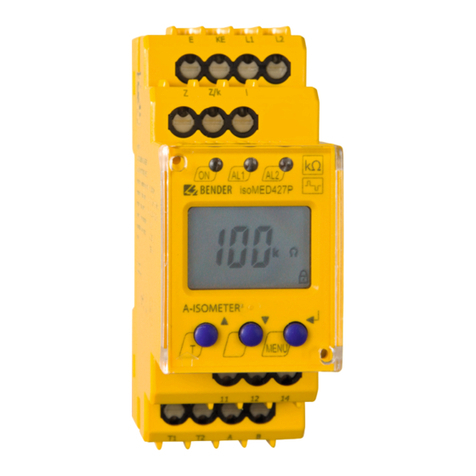
tinb74e1 (2023-01) IRG080.om 11
4 Operation
During operation, it must be ensured that the sensor voltages (anode
voltage and Faraday voltages) do not become dangerous to touch
according to EN 61010-1:2010 + A1:2019 + A1:2019/AC:2019.
For this purpose, the currents <1.1 mA and the charge <45 µC must
be complied with in normal operation. In the event of a single fault, the
limit values are 15 mA for a time of less than 30 ms and 45 µC.
By use of the Ion Reference gauge Controller IRC081 the conditions
for operation compliant to EN 61010-1:2010 + A1:2019 +
A1:2019/AC:2019 are fulfilled. If different controller units are used, the
user is responsible for a safe operation.
The IRG080 is a hot cathode ionization gauge with electrode system configuration
according to ISO/WD TS 6737 (see Fig. 5, 12). Electrons emitted from the
cathode are accelerated and focused with the Wehnelt cylinder into the anode
space. The electrons move in a tight electron beam straight towards the exit
aperture of the anode cage and are deflected into a Faraday cup.
Some of the residual gas in the anode space is ionized by the electrons. The
generated ions move by the electrical potential towards the ion collector where they
are captured: the ion current is measured. The resulting pressure is
p= 1
S∙Ic-Ic0
Ie
+ p0
Ic ion current measured at pressure p
Ic0ion current measured at residual pressure p0
Each IRG080 gauge head is individually function factory tested upon delivery.
The Ion Reference gauge Controller IRC081 includes own calibration
data. Refer to the IRG081 operating manual for its delivery and storage
location. (→[1]).
In the presence of halogen gases like fluorine, chlorine, bromine and
iodine and their compounds, the inner components of the gauge head
may suffer rapid wear.
Humidity at the insulators caused by condensing water for example, can
give rise to incorrect measurements due to leakage currents.
Prior to venting, the cathode must be switched off and allowed to cool down to less
than 700 K.
Allow at least 1 h cool-down before venting (with N2or air) the vacuum
system including the gauge head to atmosphere.
Avoid air in-rushes or fast venting to atmosphere while the cathode is
still hot.




















